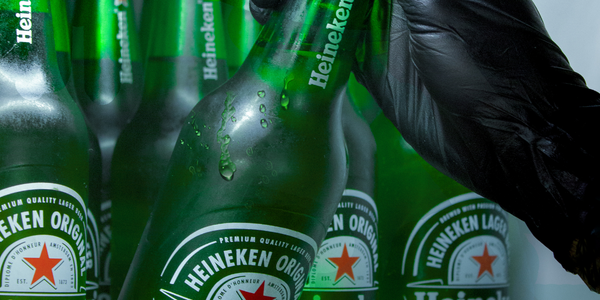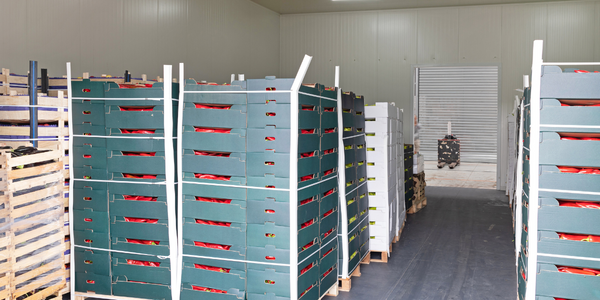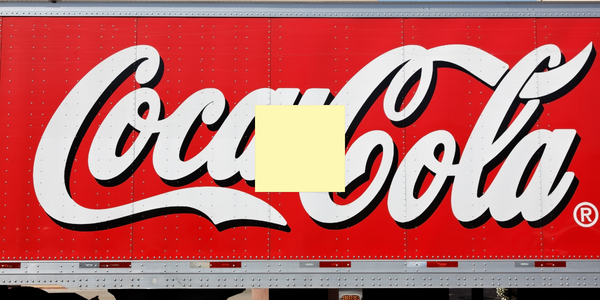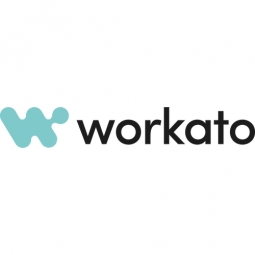Customer Company Size
Mid-size Company
Region
- America
Country
- United States
Product
- Workato
- Zenefits
- Office 365
- Slack
Tech Stack
- Automation
- Integration
Implementation Scale
- Enterprise-wide Deployment
Impact Metrics
- Productivity Improvements
- Cost Savings
- Customer Satisfaction
- Employee Satisfaction
Technology Category
- Application Infrastructure & Middleware - API Integration & Management
- Functional Applications - Enterprise Resource Planning Systems (ERP)
Applicable Industries
- Food & Beverage
- Software
Applicable Functions
- Human Resources
- Business Operation
Use Cases
- Automated Disease Diagnosis
- Remote Asset Management
- Remote Control
Services
- System Integration
- Software Design & Engineering Services
About The Customer
ChowNow is a rapidly growing online food ordering platform based in Playa Vista, California. The company offers a range of services including branded mobile apps, website ordering, and restaurant marketing services. With over 400 employees, ChowNow is dedicated to providing seamless online ordering solutions for restaurants, helping them to enhance their customer engagement and streamline their operations. The company is known for its innovative approach to food ordering, leveraging technology to improve the customer experience and support restaurant partners. As a mid-sized company, ChowNow is focused on scaling its operations efficiently while maintaining high standards of service and security.
The Challenge
Jeff Sutton, IT Manager at ChowNow, faced significant challenges with the company's manual employee onboarding and offboarding processes. These processes were not only time-consuming, taking about 45 minutes for onboarding and an hour for offboarding per employee, but they also posed security risks. The manual nature of these tasks left room for human error, such as failing to revoke access to tools and data when offboarding employees. This inefficiency was a bottleneck for the company's growth, as it required a substantial amount of time and resources that could be better spent on strategic initiatives. The challenge was to find a way to streamline these processes, reduce the time spent on them, and mitigate the associated security risks.
The Solution
To address the challenges, Jeff Sutton and his team at ChowNow decided to implement an automated solution using Workato. They integrated ChowNow's HR hub, Zenefits, with Office 365 and Slack to automate the onboarding and offboarding processes. This integration allowed for automated flows triggered by onboarding and offboarding events, notifying HR, Facilities, and hiring managers via Slack. The automation eliminated the need for manual data entry into multiple applications, significantly reducing the time required for these processes. By automating these tasks, ChowNow was able to enhance security, improve the employee experience, and achieve substantial time and cost savings. The success of this automation also paved the way for further opportunities, such as automating the onboarding of new customers, which involved using Workato to push images of menus to Google for text transformation and storage.
Operational Impact
Quantitative Benefit

Case Study missing?
Start adding your own!
Register with your work email and create a new case study profile for your business.
Related Case Studies.

Case Study
The Kellogg Company
Kellogg keeps a close eye on its trade spend, analyzing large volumes of data and running complex simulations to predict which promotional activities will be the most effective. Kellogg needed to decrease the trade spend but its traditional relational database on premises could not keep up with the pace of demand.

Case Study
HEINEKEN Uses the Cloud to Reach 10.5 Million Consumers
For 2012 campaign, the Bond promotion, it planned to launch the campaign at the same time everywhere on the planet. That created unprecedented challenges for HEINEKEN—nowhere more so than in its technology operation. The primary digital content for the campaign was a 100-megabyte movie that had to play flawlessly for millions of viewers worldwide. After all, Bond never fails. No one was going to tolerate a technology failure that might bruise his brand.Previously, HEINEKEN had supported digital media at its outsourced datacenter. But that datacenter lacked the computing resources HEINEKEN needed, and building them—especially to support peak traffic that would total millions of simultaneous hits—would have been both time-consuming and expensive. Nor would it have provided the geographic reach that HEINEKEN needed to minimize latency worldwide.

Case Study
Energy Management System at Sugar Industry
The company wanted to use the information from the system to claim under the renewable energy certificate scheme. The benefit to the company under the renewable energy certificates is Rs 75 million a year. To enable the above, an end-to-end solution for load monitoring, consumption monitoring, online data monitoring, automatic meter data acquisition which can be exported to SAP and other applications is required.

Case Study
Coca Cola Swaziland Conco Case Study
Coco Cola Swaziland, South Africa would like to find a solution that would enable the following results: - Reduce energy consumption by 20% in one year. - Formulate a series of strategic initiatives that would enlist the commitment of corporate management and create employee awareness while helping meet departmental targets and investing in tools that assist with energy management. - Formulate a series of tactical initiatives that would optimize energy usage on the shop floor. These would include charging forklifts and running cold rooms only during off-peak periods, running the dust extractors only during working hours and basing lights and air-conditioning on someone’s presence. - Increase visibility into the factory and other processes. - Enable limited, non-intrusive control functions for certain processes.

Case Study
Temperature Monitoring for Restaurant Food Storage
When it came to implementing a solution, Mr. Nesbitt had an idea of what functionality that he wanted. Although not mandated by Health Canada, Mr. Nesbitt wanted to ensure quality control issues met the highest possible standards as part of his commitment to top-of-class food services. This wish list included an easy-to use temperature-monitoring system that could provide a visible display of the temperatures of all of his refrigerators and freezers, including historical information so that he could review the performance of his equipment. It also had to provide alert notification (but email alerts and SMS text message alerts) to alert key staff in the event that a cooling system was exceeding pre-set warning limits.

Case Study
Coca-Cola Refreshments, U.S.
Coca-Cola Refreshments owns and manages Coca-Cola branded refrigerators in retail establishments. Legacy systems were used to locate equipment information by logging onto multiple servers which took up to 8 hours to update information on 30-40 units. The company had no overall visibility into equipment status or maintenance history.







